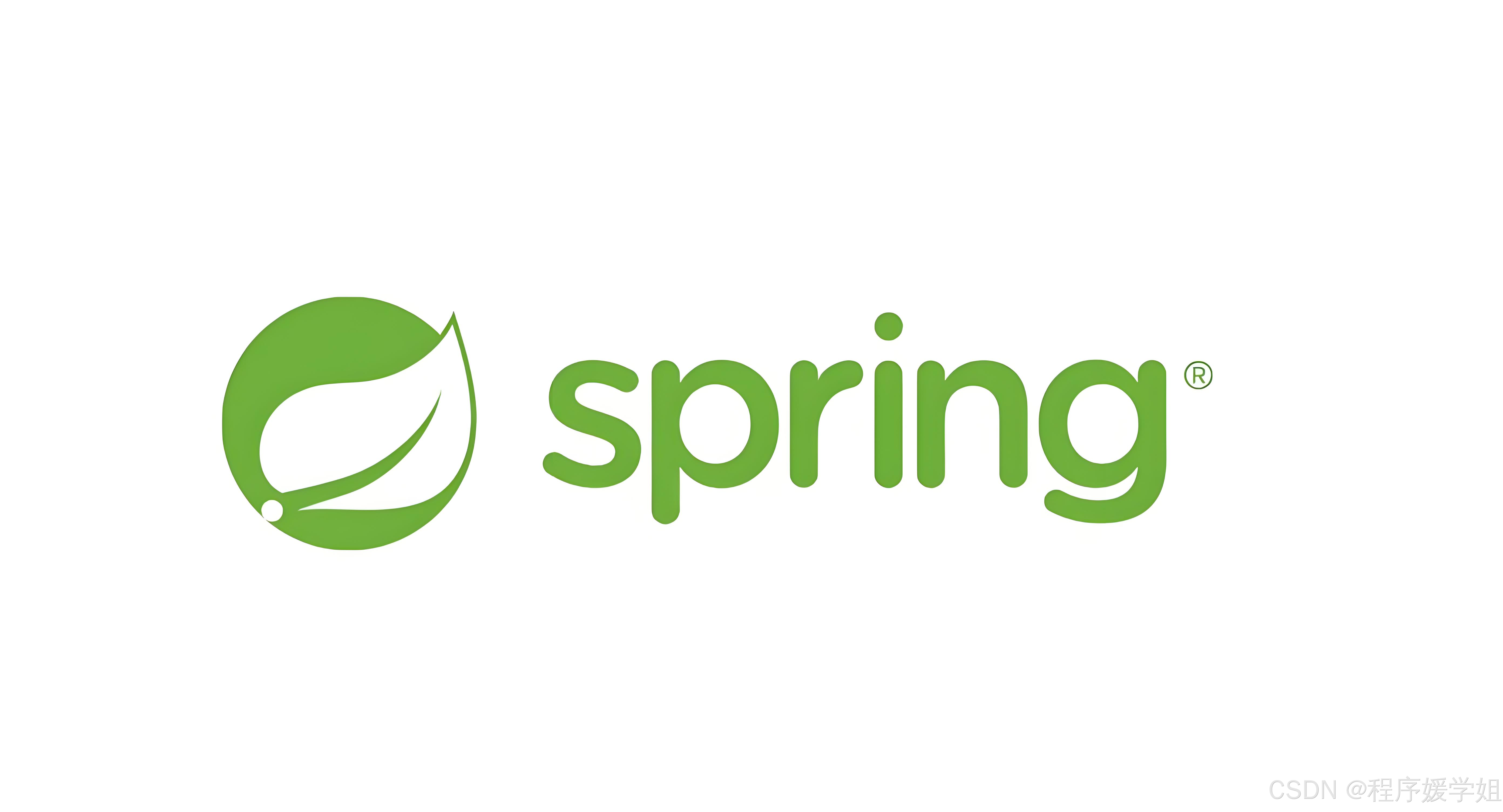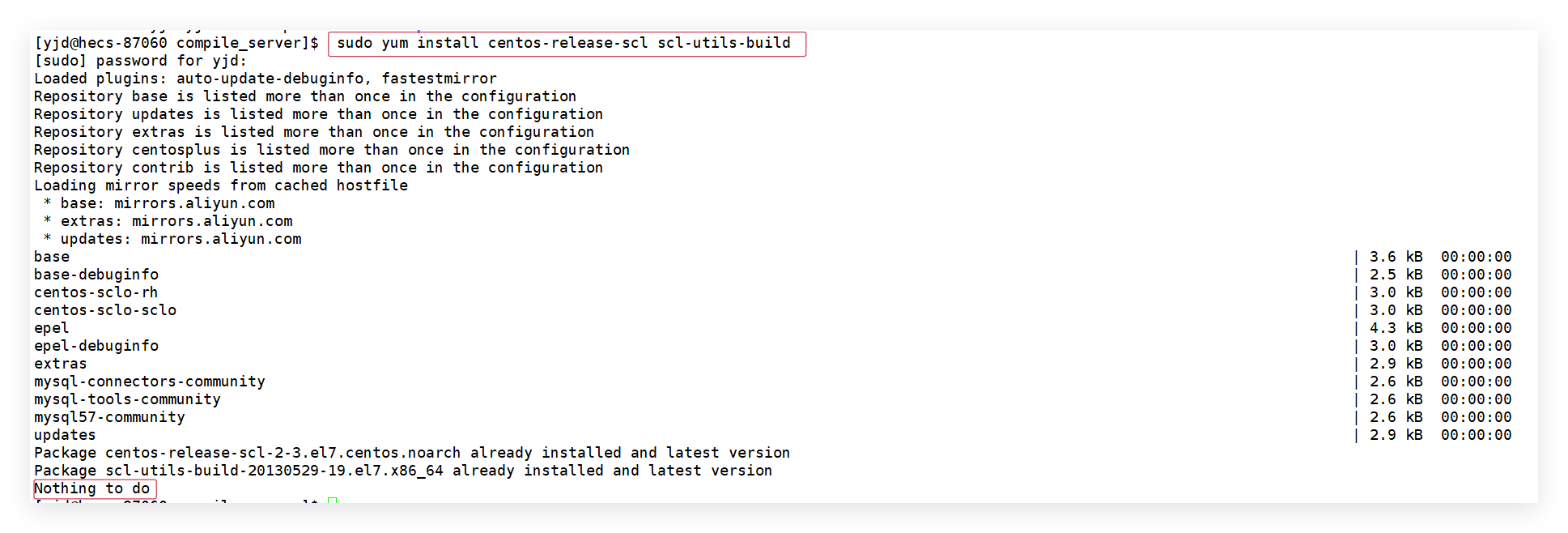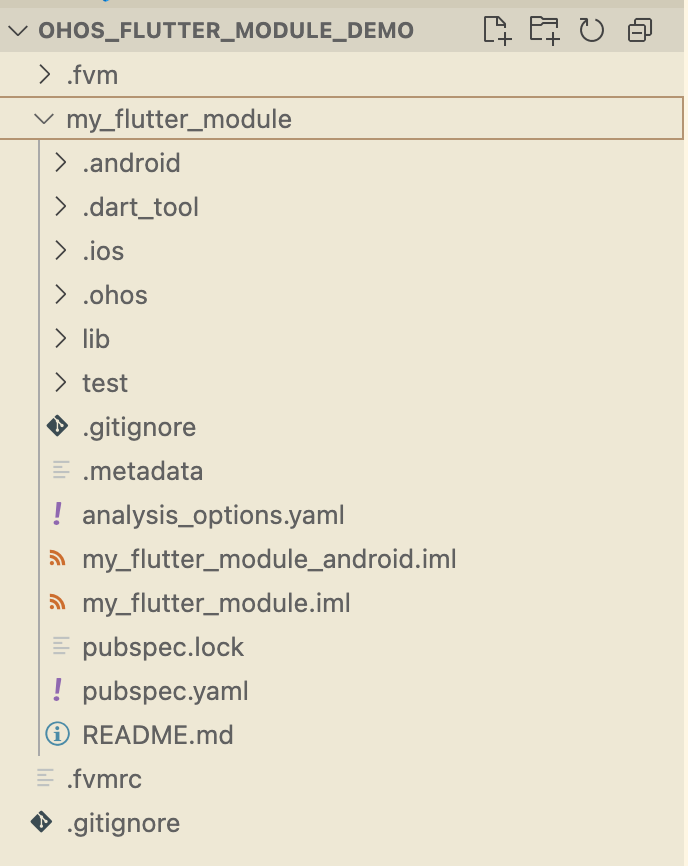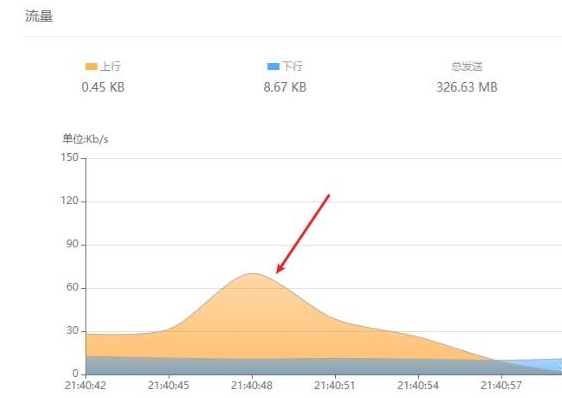SpringSecurity资源服务器:OAuth2ResourceServer配置

文章目录
- 引言
- 一、OAuth2资源服务器基础
- 二、基本配置与JWT验证
- 三、自定义JWT处理与转换
- 四、错误处理与异常响应
- 五、实战案例:微服务架构中的资源服务器
- 总结
引言
在微服务架构中,安全认证与授权是一个不可回避的挑战。OAuth2作为行业标准的授权框架,被广泛应用于分布式系统的安全设计中。Spring Security自5.1版本开始提供了对OAuth2资源服务器的原生支持,使得构建安全的REST API变得更加简单高效。本文将深入探讨Spring Security中OAuth2资源服务器的配置方法、JWT令牌验证、权限控制以及实际应用场景,帮助开发者构建安全可靠的资源服务器。
一、OAuth2资源服务器基础
OAuth2资源服务器是OAuth2架构中的核心组件之一,负责托管受保护的资源并验证访问令牌的有效性。在Spring Security中,通过OAuth2ResourceServer模块可以轻松实现资源服务器功能。要开始使用OAuth2资源服务器,需要添加相应的依赖。
// 在pom.xml中添加以下依赖
<dependency>
<groupId>org.springframework.boot</groupId>
<artifactId>spring-boot-starter-security</artifactId>
</dependency>
<dependency>
<groupId>org.springframework.boot</groupId>
<artifactId>spring-boot-starter-oauth2-resource-server</artifactId>
</dependency>
<dependency>
<groupId>org.springframework.security</groupId>
<artifactId>spring-security-oauth2-jose</artifactId>
</dependency>
这些依赖提供了Spring Security核心功能、OAuth2资源服务器支持以及JWT令牌处理能力。OAuth2资源服务器模块支持两种类型的令牌验证:不透明令牌(Opaque Token)和JWT令牌。本文将主要围绕JWT令牌验证展开讨论,因为它在微服务架构中更为常用。
二、基本配置与JWT验证
Spring Boot为OAuth2资源服务器提供了自动配置能力,只需要在配置文件中指定JWT验证所需的参数,即可快速搭建资源服务器。
以下是一个基本的配置示例:
# application.yml
spring:
security:
oauth2:
resourceserver:
jwt:
issuer-uri: https://auth-server.example.com
jwk-set-uri: https://auth-server.example.com/.well-known/jwks.json
这个配置指定了JWT令牌的颁发者URI和JWK集合URI。Spring Security将使用这些信息验证JWT令牌的签名和有效性。除了在配置文件中设置参数外,也可以通过Java配置类更精细地控制资源服务器的行为:
import org.springframework.context.annotation.Bean;
import org.springframework.context.annotation.Configuration;
import org.springframework.security.config.annotation.web.builders.HttpSecurity;
import org.springframework.security.config.annotation.web.configuration.EnableWebSecurity;
import org.springframework.security.config.http.SessionCreationPolicy;
import org.springframework.security.oauth2.jwt.JwtDecoder;
import org.springframework.security.oauth2.jwt.NimbusJwtDecoder;
import org.springframework.security.web.SecurityFilterChain;
@Configuration
@EnableWebSecurity
public class ResourceServerConfig {
@Bean
public SecurityFilterChain securityFilterChain(HttpSecurity http) throws Exception {
http
.authorizeHttpRequests(authorize -> authorize
.requestMatchers("/api/public/**").permitAll()
.requestMatchers("/api/user/**").hasRole("USER")
.requestMatchers("/api/admin/**").hasRole("ADMIN")
.anyRequest().authenticated()
)
.oauth2ResourceServer(oauth2 -> oauth2
.jwt(jwt -> jwt.decoder(jwtDecoder()))
)
.sessionManagement(session -> session
.sessionCreationPolicy(SessionCreationPolicy.STATELESS)
);
return http.build();
}
@Bean
public JwtDecoder jwtDecoder() {
return NimbusJwtDecoder.withJwkSetUri("https://auth-server.example.com/.well-known/jwks.json").build();
}
}
上述配置类实现了以下功能:定义了不同URL路径的访问权限;配置了OAuth2资源服务器使用JWT进行令牌验证;指定使用无状态会话管理策略,这是API服务的最佳实践;创建了一个JwtDecoder Bean,用于解码和验证JWT令牌。
三、自定义JWT处理与转换
在实际应用中,通常需要从JWT令牌中提取额外的信息,如用户角色、权限等,并将其转换为Spring Security认可的Authentication对象。Spring Security提供了JwtAuthenticationConverter接口,可以自定义JWT到Authentication的转换逻辑。
import org.springframework.core.convert.converter.Converter;
import org.springframework.security.authentication.AbstractAuthenticationToken;
import org.springframework.security.core.GrantedAuthority;
import org.springframework.security.core.authority.SimpleGrantedAuthority;
import org.springframework.security.oauth2.jwt.Jwt;
import org.springframework.security.oauth2.server.resource.authentication.JwtAuthenticationConverter;
import org.springframework.security.oauth2.server.resource.authentication.JwtGrantedAuthoritiesConverter;
import org.springframework.stereotype.Component;
import java.util.Collection;
import java.util.Collections;
import java.util.Map;
import java.util.stream.Collectors;
import java.util.stream.Stream;
@Component
public class CustomJwtAuthenticationConverter implements Converter<Jwt, AbstractAuthenticationToken> {
private final JwtAuthenticationConverter jwtAuthenticationConverter;
public CustomJwtAuthenticationConverter() {
this.jwtAuthenticationConverter = new JwtAuthenticationConverter();
JwtGrantedAuthoritiesConverter grantedAuthoritiesConverter = new JwtGrantedAuthoritiesConverter();
// 设置权限声明的key,默认是scope或scp
grantedAuthoritiesConverter.setAuthoritiesClaimName("roles");
// 设置权限前缀,默认是SCOPE_
grantedAuthoritiesConverter.setAuthorityPrefix("ROLE_");
this.jwtAuthenticationConverter.setJwtGrantedAuthoritiesConverter(grantedAuthoritiesConverter);
}
@Override
public AbstractAuthenticationToken convert(Jwt jwt) {
AbstractAuthenticationToken token = this.jwtAuthenticationConverter.convert(jwt);
// 获取当前已转换的权限
Collection<GrantedAuthority> authorities = token.getAuthorities();
// 从JWT的自定义声明中提取额外的权限
Map<String, Object> claims = jwt.getClaims();
if (claims.containsKey("permissions")) {
@SuppressWarnings("unchecked")
Collection<String> permissions = (Collection<String>) claims.get("permissions");
// 创建额外的权限
Collection<GrantedAuthority> extraAuthorities = permissions.stream()
.map(permission -> new SimpleGrantedAuthority("PERMISSION_" + permission))
.collect(Collectors.toList());
// 合并所有权限
authorities = Stream.concat(authorities.stream(), extraAuthorities.stream())
.collect(Collectors.toList());
}
// 创建一个新的JwtAuthenticationToken,包含合并后的权限
return new CustomAuthenticationToken(token.getPrincipal(), token.getCredentials(), authorities, jwt);
}
// 自定义Authentication实现类,可以存储额外信息
private static class CustomAuthenticationToken extends AbstractAuthenticationToken {
private final Object principal;
private final Object credentials;
private final Jwt jwt;
public CustomAuthenticationToken(Object principal, Object credentials,
Collection<? extends GrantedAuthority> authorities, Jwt jwt) {
super(authorities);
this.principal = principal;
this.credentials = credentials;
this.jwt = jwt;
setAuthenticated(true);
}
@Override
public Object getCredentials() {
return this.credentials;
}
@Override
public Object getPrincipal() {
return this.principal;
}
public Jwt getJwt() {
return this.jwt;
}
}
}
这个转换器实现了从JWT令牌中提取角色信息并转换为GrantedAuthority对象的功能。此外,还从自定义的"permissions"声明中提取额外的权限信息。
通过这种方式,可以支持更复杂的授权逻辑。要使用自定义转换器,只需在SecurityFilterChain配置中添加:
.oauth2ResourceServer(oauth2 -> oauth2
.jwt(jwt -> jwt
.decoder(jwtDecoder())
.jwtAuthenticationConverter(customJwtAuthenticationConverter())
)
)
四、错误处理与异常响应
在资源服务器中,妥善处理令牌验证失败等异常情况非常重要。默认情况下,Spring Security会返回标准的HTTP状态码,但在RESTful API中,通常需要返回更详细的错误信息。
以下是一个自定义异常处理器的实现:
import com.fasterxml.jackson.databind.ObjectMapper;
import org.springframework.http.HttpStatus;
import org.springframework.http.MediaType;
import org.springframework.security.core.AuthenticationException;
import org.springframework.security.oauth2.core.OAuth2AuthenticationException;
import org.springframework.security.oauth2.server.resource.BearerTokenError;
import org.springframework.security.web.AuthenticationEntryPoint;
import org.springframework.stereotype.Component;
import jakarta.servlet.http.HttpServletRequest;
import jakarta.servlet.http.HttpServletResponse;
import java.io.IOException;
import java.time.LocalDateTime;
import java.util.HashMap;
import java.util.Map;
@Component
public class CustomAuthenticationEntryPoint implements AuthenticationEntryPoint {
private final ObjectMapper objectMapper = new ObjectMapper();
@Override
public void commence(HttpServletRequest request, HttpServletResponse response,
AuthenticationException authException) throws IOException {
HttpStatus status = HttpStatus.UNAUTHORIZED;
String errorMessage = "认证失败";
String errorCode = "UNAUTHORIZED";
// 处理OAuth2特定异常,提取更详细的错误信息
if (authException instanceof OAuth2AuthenticationException) {
OAuth2AuthenticationException oauth2Exception = (OAuth2AuthenticationException) authException;
if (oauth2Exception.getError() instanceof BearerTokenError) {
BearerTokenError bearerTokenError = (BearerTokenError) oauth2Exception.getError();
status = HttpStatus.valueOf(bearerTokenError.getStatus());
errorMessage = bearerTokenError.getDescription();
errorCode = bearerTokenError.getErrorCode();
}
}
Map<String, Object> errorDetails = new HashMap<>();
errorDetails.put("timestamp", LocalDateTime.now().toString());
errorDetails.put("status", status.value());
errorDetails.put("error", status.getReasonPhrase());
errorDetails.put("message", errorMessage);
errorDetails.put("code", errorCode);
errorDetails.put("path", request.getRequestURI());
response.setStatus(status.value());
response.setContentType(MediaType.APPLICATION_JSON_VALUE);
objectMapper.writeValue(response.getOutputStream(), errorDetails);
}
}
这个异常处理器实现了AuthenticationEntryPoint接口,可以拦截认证异常并返回结构化的JSON错误响应。要使用这个处理器,在SecurityFilterChain中配置:
.exceptionHandling(exceptions -> exceptions
.authenticationEntryPoint(customAuthenticationEntryPoint)
)
五、实战案例:微服务架构中的资源服务器
下面通过一个完整的实战案例,展示如何在微服务架构中配置和使用OAuth2资源服务器。创建一个产品服务API,演示如何基于JWT令牌中的角色和权限实现精细化的访问控制。
import org.springframework.context.annotation.Bean;
import org.springframework.context.annotation.Configuration;
import org.springframework.security.config.annotation.method.configuration.EnableMethodSecurity;
import org.springframework.security.config.annotation.web.builders.HttpSecurity;
import org.springframework.security.config.annotation.web.configuration.EnableWebSecurity;
import org.springframework.security.config.http.SessionCreationPolicy;
import org.springframework.security.oauth2.jwt.JwtDecoder;
import org.springframework.security.oauth2.jwt.NimbusJwtDecoder;
import org.springframework.security.web.SecurityFilterChain;
@Configuration
@EnableWebSecurity
@EnableMethodSecurity
public class ResourceServerConfig {
private final CustomJwtAuthenticationConverter jwtAuthenticationConverter;
private final CustomAuthenticationEntryPoint authenticationEntryPoint;
public ResourceServerConfig(CustomJwtAuthenticationConverter jwtAuthenticationConverter,
CustomAuthenticationEntryPoint authenticationEntryPoint) {
this.jwtAuthenticationConverter = jwtAuthenticationConverter;
this.authenticationEntryPoint = authenticationEntryPoint;
}
@Bean
public SecurityFilterChain securityFilterChain(HttpSecurity http) throws Exception {
http
.csrf(csrf -> csrf.disable())
.authorizeHttpRequests(authorize -> authorize
.requestMatchers("/api/products/public/**").permitAll()
.requestMatchers("/api/products/user/**").hasRole("USER")
.requestMatchers("/api/products/admin/**").hasRole("ADMIN")
.requestMatchers("/api/products/management/**").hasAnyAuthority("PERMISSION_PRODUCT_WRITE", "PERMISSION_PRODUCT_READ")
.anyRequest().authenticated()
)
.oauth2ResourceServer(oauth2 -> oauth2
.jwt(jwt -> jwt
.decoder(jwtDecoder())
.jwtAuthenticationConverter(jwtAuthenticationConverter)
)
)
.sessionManagement(session -> session
.sessionCreationPolicy(SessionCreationPolicy.STATELESS)
)
.exceptionHandling(exceptions -> exceptions
.authenticationEntryPoint(authenticationEntryPoint)
);
return http.build();
}
@Bean
public JwtDecoder jwtDecoder() {
// 生产环境中应从配置中读取URI
return NimbusJwtDecoder.withJwkSetUri("https://auth-server.example.com/.well-known/jwks.json").build();
}
}
现在,让创建产品服务的控制器,使用@PreAuthorize注解实现方法级别的安全控制:
import org.springframework.security.access.prepost.PreAuthorize;
import org.springframework.security.core.annotation.AuthenticationPrincipal;
import org.springframework.security.oauth2.jwt.Jwt;
import org.springframework.web.bind.annotation.*;
import java.util.Collections;
import java.util.List;
import java.util.Map;
@RestController
@RequestMapping("/api/products")
public class ProductController {
@GetMapping("/public")
public List<Map<String, Object>> getPublicProducts() {
// 公开产品,无需认证
return Collections.singletonList(
Map.of("id", 1, "name", "公开产品", "price", 9.99)
);
}
@GetMapping("/user")
public List<Map<String, Object>> getUserProducts(@AuthenticationPrincipal Jwt jwt) {
// 基于路径的角色控制,只有USER角色可访问
String userId = jwt.getSubject();
return Collections.singletonList(
Map.of("id", 2, "name", "用户专属产品", "price", 19.99, "userId", userId)
);
}
@GetMapping("/admin")
public List<Map<String, Object>> getAdminProducts() {
// 基于路径的角色控制,只有ADMIN角色可访问
return Collections.singletonList(
Map.of("id", 3, "name", "管理员产品", "price", 99.99, "stock", 100)
);
}
@GetMapping("/{id}")
@PreAuthorize("hasAuthority('PERMISSION_PRODUCT_READ')")
public Map<String, Object> getProductById(@PathVariable Long id) {
// 基于方法的权限控制,需要特定权限
return Map.of("id", id, "name", "产品 " + id, "price", 29.99);
}
@PostMapping
@PreAuthorize("hasAuthority('PERMISSION_PRODUCT_WRITE')")
public Map<String, Object> createProduct(@RequestBody Map<String, Object> product) {
// 创建产品,需要写权限
return Map.of(
"id", 4,
"name", product.get("name"),
"price", product.get("price"),
"created", true
);
}
@DeleteMapping("/{id}")
@PreAuthorize("hasRole('ADMIN') and hasAuthority('PERMISSION_PRODUCT_WRITE')")
public Map<String, Object> deleteProduct(@PathVariable Long id) {
// 组合条件:需要ADMIN角色和产品写权限
return Map.of("id", id, "deleted", true);
}
}
这个控制器展示了多种安全控制方式:基于URL路径的角色控制;基于方法的权限控制;组合条件的安全控制;使用@AuthenticationPrincipal获取JWT信息。通过这种方式,可以实现细粒度的权限管理,满足复杂业务场景的安全需求。
总结
Spring Security的OAuth2资源服务器功能为构建安全的微服务API提供了强大支持。通过本文的介绍,了解了如何配置OAuth2资源服务器,如何处理JWT令牌验证,如何自定义认证流程,以及如何实现精细化的权限控制。在微服务架构中,安全性是一个跨切面的关注点,需要从设计之初就加以考虑。Spring Security的模块化设计和强大功能为我们提供了构建企业级安全解决方案的基础。在实际应用中,还需要考虑令牌续期、撤销检查、监控审计等方面,以构建全面的安全体系。合理使用Spring Security提供的功能,结合业务需求定制安全策略,可以有效保护API资源的安全,同时保持系统的可扩展性和可维护性。












